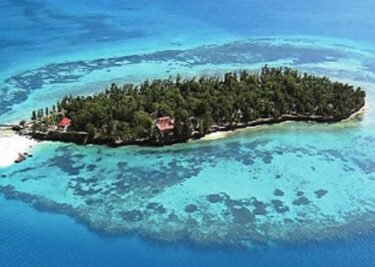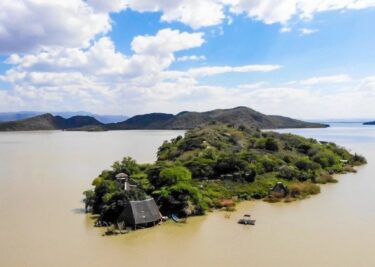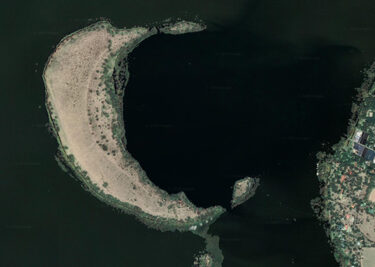Lamu Archipelago

Image credit African Spice Safaris
The sound of ocean waves crashing against the beach, the changing colours in the sky as dawn breaks and sunrise warms the air, palm trees gently dancing to the melody of the breeze, and pristine white sand that runs through the crevices of the toes. These are the elements that make up idyllic Lamu, the archipelago on Kenya’s coast that is a haven for anyone seeking respite from just about anything.
The Proud Island
While the Lamu Archipelago draws its name from its most popular island, it comprises of over 65 individual islands with unique names and histories. Collectively, these islands are part of the Swahili Coast corridor that stretches from Mogadishu in Somalia to Sofala in Mozambique. Ancient Arabic texts refer to the archipelago as The Seven Isles of Eryaya because of its seven most prominent islands. Within Lamu Island itself, poets have long described it as Kiwa Ndeo, The Proud Island. While the meanings behind these names remain unclear, they certainly add allure to the region’s character.

Swahili Coast ArchDaily
Dhow trips, donkey rides, and walking tours are the few ways to get around this archipelago which remains relatively untouched by the modern day. Specifically, a leisurely stroll around Lamu town, a protected UNESCO World Heritage Site, reveals just how much of a historical treasure trove it is. The town is the oldest and best-preserved Swahili settlement in East Africa. Its architecture is characterized by coral stone walls, intricately carved wooden doors, and verandas shaded with makuti roofs from which the island’s tranquillity can be soaked in. For over 200 years, this island has hosted major cultural festivals such as Maulidi, an Islamic festival that celebrates the birth month of the Prophet Muhammad.
Sailing Around the Archipelago
A short dhow trip away from Lamu Island is Manda Island. Here, the ruins of Takwa, a once-thriving coastal town, can be found. In the 17th century, the wells of Takwa began to run dry, forcing its residents to abandon their homes and settle in Shela Town on Lamu Island. Certainly, one of the most conspicuous structures within the ruins is an ancient tombstone that marks the resting place of a prominent Sheikh. A 400-year-old baobab tree stands sentry over this tombstone, demarcating its exact location for visitors from far and wide.
A northern coastal pathway links Manda Island to Pate, the largest island on the archipelago. Fishing and sailing constitute the economic backbone of this island. While presently a sleepy paradise, Pate was once a highly sought-after seat of power by the Omani Arabs and the Portuguese who waged wars in the 17th and 18th centuries for the island’s rulership. Its quiet and empty beaches are the perfect setting for a campsite where the sea breeze and the starry night sky can be fully appreciated.
No doubt, these stories barely skim the surface of what the entire archipelago has to offer. Comment and tell us about the lesser-known islands of Lamu: their names, histories, and things to do in each of them!
#VisiwaVyetu



